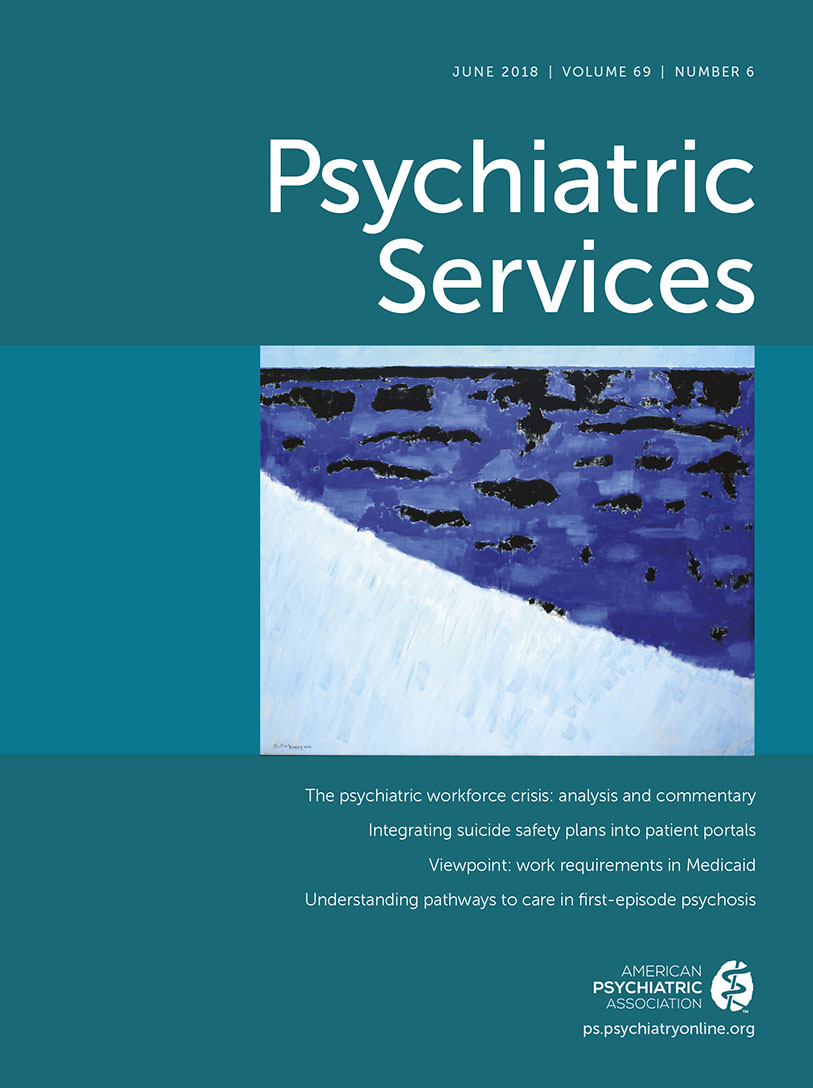PEACE: Trauma-Informed Psychoeducation for Female-Identified Survivors of Gender-Based Violence
Gender-based violence against women and girls is an increasingly recognized human rights violation, with few interventions to support survivors. Covenant House Toronto, Canada’s largest agency for at-risk, homeless, and trafficked youths, has developed a psychosocial intervention for girls and women ages 16–24 who identify as having experienced gender-based violence. Begun in 2017, the five-year demonstration program, called Peer Education and Connection Through Empowerment (PEACE), aims to promote health, empowerment, resilience, and quality of life for girls and women exposed to such violence. The program uses a trauma-informed, peer-based model of support for marginalized gender-based violence survivors. The Substance Abuse and Mental Health Services Administration identifies six principles in trauma-informed approaches, all incorporated into the PEACE intervention: safety, transparency and trustworthiness, collaboration and mutuality, peer support, empowerment and choice, and cultural and gender issues.
The intervention involves group-based activities led by two peer educators and a health promotion coordinator. The peer educators are young women with experiences of gender-based violence and are trained to offer peer support and positive role modeling. The groups run for three to four months (12–16 sessions), with a flexible end date and booster sessions. Each group is limited to approximately eight service users to promote safety and privacy.
The curriculum begins with a discussion of gender identity formation and an introduction to gender-based violence. Service users then receive an overview on healthy living, including physical activity and nutrition. The focus subsequently shifts to self-esteem and body image, including the exploration of cultural influences on perspectives on women’s bodies. Women’s physical, mental, and sexual health is the next area of discussion, followed by a focus on healthy relationships and coping skills. Concepts within this section include bullying, consent and boundaries, personal safety, dating violence, and human trafficking. The final topic is on leadership and community building.
Psychoeducational sessions are interspersed with weeks of recreational activities and outings. For example, service users prepared posters to participate in the Toronto Women’s March. In accordance with trauma-informed principles of choice and autonomy, service users play an active role in shaping the curriculum, collaborating with the health promotion coordinator on specific topics of interest.
To reduce barriers to access, public transport tokens are provided to service users, and groups (with dinner) are scheduled for evenings; reminders are sent via text message, which service users find helpful. Should anyone decide to take a break from the group, a corner of the meeting room includes coloring books and other activity items. The possibility that trauma self-disclosures may trigger past trauma for participants was identified early as a potential concern. Participants are strongly encouraged to avoid including specific trauma details during self-disclosures. When self-disclosures have occurred, debriefs were conducted. Participants experiencing emotional distress have access to a mental health counselor and health services on site, as well as a hospital-based mobile crisis team. Trauma-specific therapy can be accessed through a partnering hospital.
Since the group’s inception in January 2017, 23 service users have participated. Experiences of violence have included forced marriage (N=4), honor-based violence (N=4), intimate partner violence (N=8), sexual violence and exploitation (N=17), and family violence (N=18). Thirteen youths reported two or more categories of gender-based violence. In the first three cohorts, 78% (N=18) of participants attended five or more sessions.
To evaluate program implementation, semistructured interviews were completed with nine service users. Interviews were recorded and transcribed, and data were analyzed with thematic analysis. Service users reported high satisfaction with the program. “I had a choice to go to this program, and . . . from day one I really liked it,” one participant indicated. Participants particularly valued the social support from peers with similar experiences. When asked about life changes attributed to the program, themes generated included improved self-care, assertiveness in interpersonal relationships, shifts toward a survivor identity, and more nuanced views on violence and culture through a gender-based lens. One participant said, “To share my experience with other youth. . . . It made me stronger. It made me realize that I don't have to continue the same cycle as my mother or father did.”
Although a rigorous program evaluation is underway, preliminary findings of acceptability and engagement with this trauma-informed, peer-based group intervention may be helpful to other jurisdictions seeking to implement psychosocial interventions for this underserviced population.



